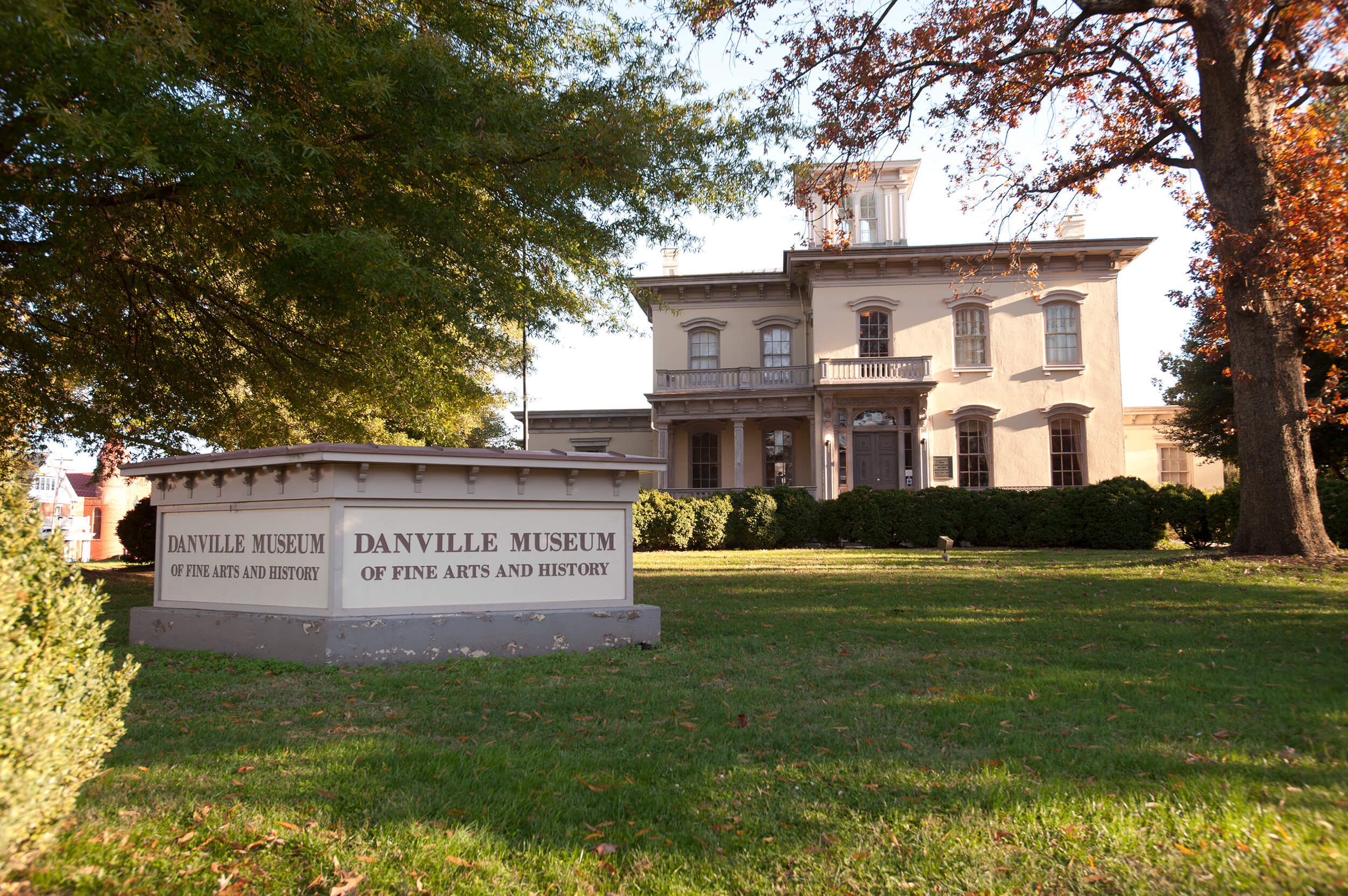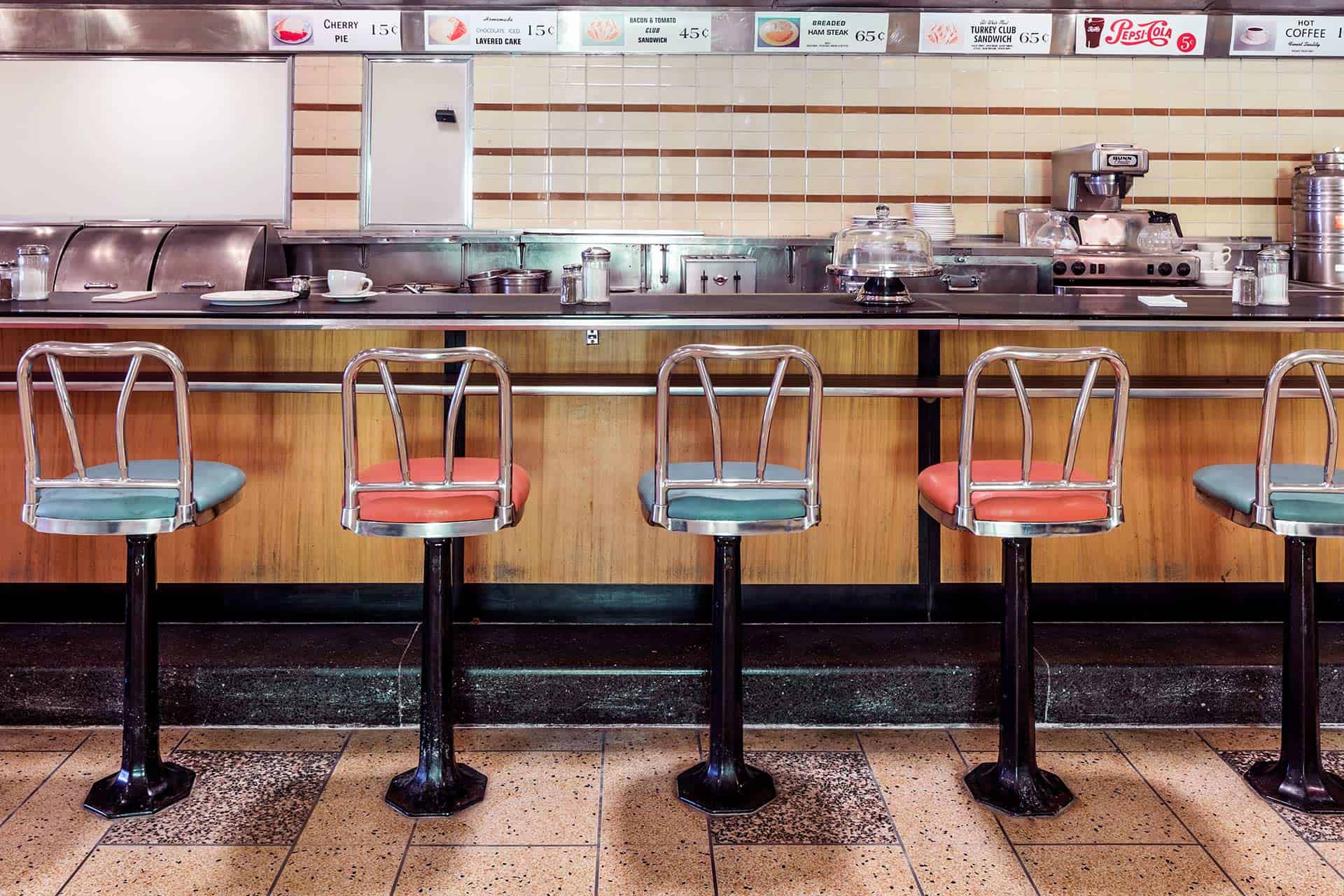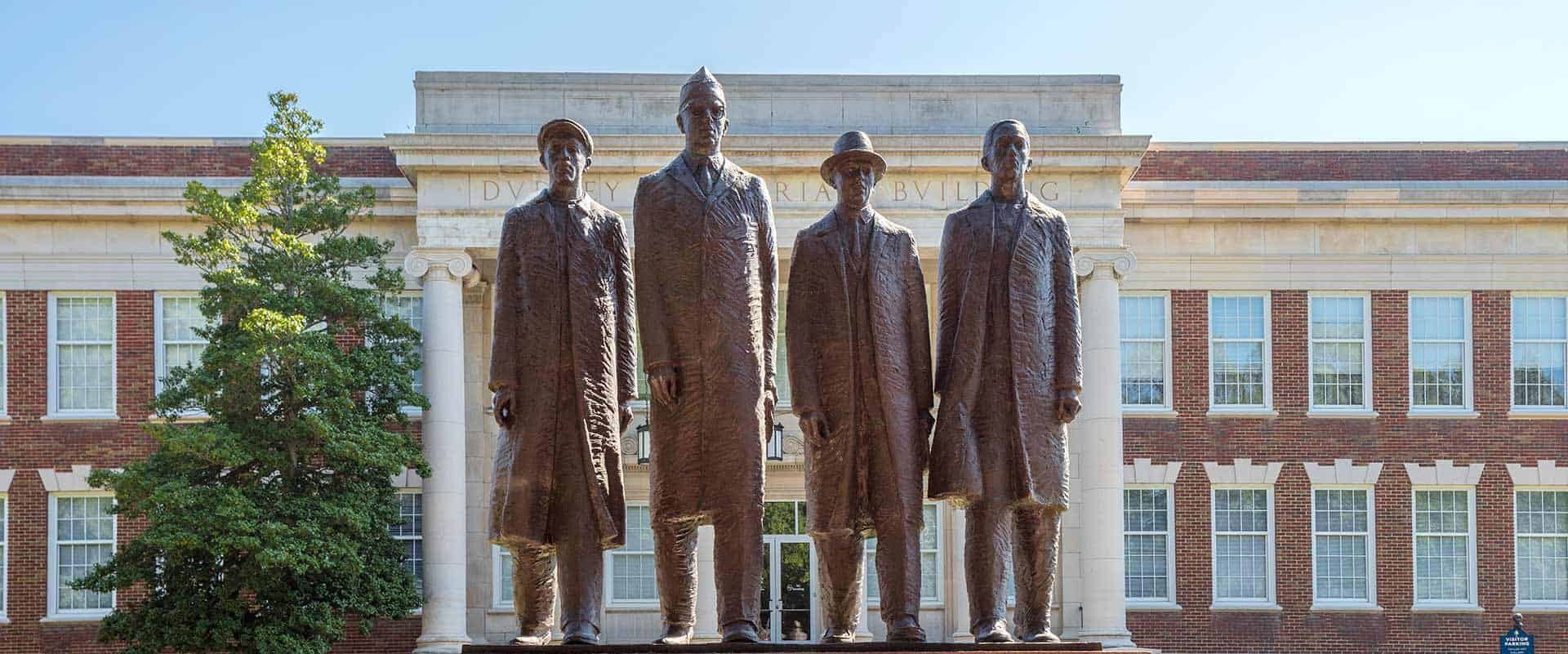On April 2, 1960, 16 African American students entered the “whites-only” Danville Public Library on Main Street and began to work on their school assignments. After 20 minutes, the librarian announced that the library was closing for the day. Days later, the library refused service to several Black teenagers, and by May the city had closed both the Main Street branch and the small, resource-limited Grasty branch for African Americans. Forced by a subsequent ruling in federal court, the libraries reopened in September on a “vertical” integration basis – all the chairs and tables had been removed so patrons could not sit and spend time in the former whites-only Main Street building.
In 1972, the Danville Public Library transferred to a newly constructed facility, and in 1974 the Danville Museum of Fine Arts and History moved into the vacated space. In 2018, the museum acquired “The Movement,” a permanent exhibit researched and curated by Emma Edmunds, University of Virginia project director of “Mapping Local Knowledge: Danville, Va., 1945-75.” In addition to seeing and hearing testimonies from local protest participants, museum visitors can view television footage of the marches, the police brutality, and civil rights leaders such as Dr. King who came to Danville in the early 1960s. The museum also features the Camilla Williams exhibit. Williams, a Danville native, became an international opera star and the first African American contracted by the New York City Opera.
Danville has other sites important to the Civil Rights Movement, with many noted by historical markers. Opposite the museum is the Holbrook-Ross Historic District, where a marker reads “…the first neighborhood in Danville for African American professionals. Lawyers, ministers, dentists, physicians, as well as business owners, insurance agents, postal clerks and skilled craftsmen, made it their home in the late 19th century. By the turn of the 20th century, Holbrook Street had become the foremost Black residential address.” Also on Holbrook Street is the Williams Community Resource Center. Once a private home, the structure now houses offices of the local chapter of the NAACP and exhibits items significant to the Civil Rights Movement. Other homes on the street were listed in The Negro Motorist Green Book, a necessary guide for Black travelers during a time of segregated lodging.
High Street Baptist and Loyal Street Baptist churches played a pivotal role in the training of protesters, and the Municipal Building was the scene of “Bloody Monday” where police and deputized citizens beat and arrested protesters. First State Bank, the first African American owned and operated state-regulated bank in Virginia, was where bank officers provided bond to jailed protesters. At the Woolworth building, African American students participated in lunch counter sit-ins. It is currently being renovated as the Wendell Scott Jr. Museum, named after the first African American NASCAR driver to win a major race.









